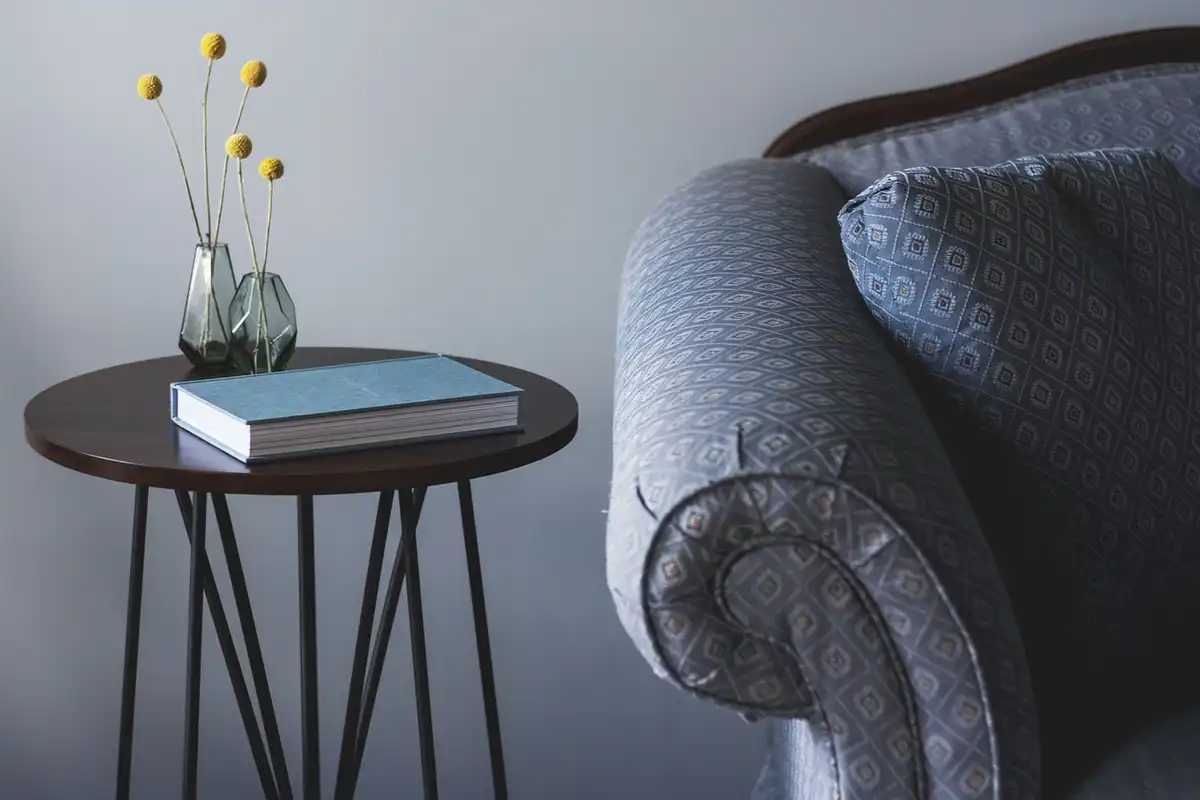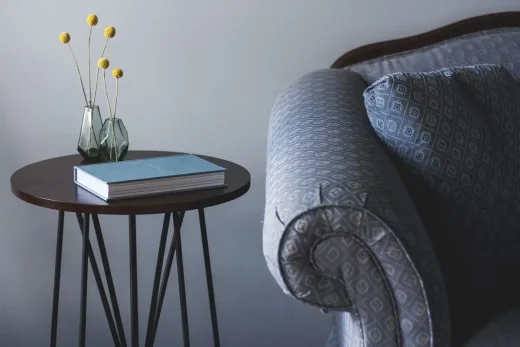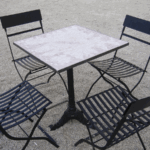DIY furniture refurbishing, Chair cover restore and revamp advice, Home interior design style
DIY Furniture Refurbishing: How to Restore and Revamp Your Old Pieces
15 October 2024
Refurbishing old furniture is not just a way to breathe new life into worn-out pieces; it’s an opportunity to embrace creativity, save money, and contribute to a more sustainable lifestyle. In an age where fast fashion dominates, refurbishing furniture allows us to appreciate craftsmanship and unique designs while keeping items out of landfills. This article delves into the process of restoring and revamping old furniture, guiding you through each stage of the journey.
Assessing Your Furniture
Before diving into a refurbishing project, it’s essential to assess the furniture piece you’re considering. Identifying suitable candidates for restoration is the first step. Look for items that have good bones but may show signs of wear, such as scratches, fading, or minor structural issues. Common pieces that lend themselves well to refurbishing include wooden tables, chairs, and cabinets. The key is to find items that speak to you, perhaps because of their shape, style, or potential.
When evaluating the structural integrity, check for stability and strength. Gently shake the piece to see if it wobbles or if the joints are loose. Look for any visible damage, such as cracks or breaks, and determine whether repairs will be necessary. If you are considering a sofa for refurbishing, think about how you might update its appearance with new sofa covers, which can offer a fresh look while providing protection. A piece that appears to be in good condition but requires a cosmetic refresh can be a fantastic project to undertake.
Planning Your Home Refurb Project
Setting a budget is a crucial step in your refurbishing journey. It’s easy to get carried away with exciting ideas and high-end materials, so having a clear financial plan helps keep your project on track. Calculate potential costs for essential tools and materials, and consider where you can cut expenses without sacrificing quality. For instance, purchasing paint and supplies from discount retailers can significantly lower costs.
Choosing a style or theme for your refurbishing project can elevate the piece’s appeal. Researching current design trends through online platforms like Pinterest or Instagram can inspire you. Decide on colors, finishes, and hardware that align with your vision. For instance, a shabby-chic look may call for soft pastels and distressed finishes, while a modern aesthetic might favor bold colors and sleek lines. Defining your style will guide your decisions throughout the refurbishing process.
Essential Tools and Materials for the Refurb
Equipping yourself with the right tools and materials will ensure a smooth refurbishing experience. Some essential tools include sanders, paintbrushes, screwdrivers, and a staple gun for upholstery projects. If you don’t already own these tools, consider borrowing from friends or renting them to keep costs down.
In terms of materials, your choices will vary based on your project’s requirements. If you’re planning to paint or stain the piece, you’ll need appropriate products. Consider eco-friendly paints and finishes that are low in volatile organic compounds (VOCs) to promote a healthier environment in your home. For upholstery projects, choose fabrics that suit your style and are durable enough to withstand wear and tear.
Step-by-Step Refurbishing Process
Preparing the furniture is the first tangible step in the refurbishing process. Start by cleaning the piece thoroughly to remove dirt and grease. If it has an old finish, you might need to remove it using a chemical stripper or sanding. Always follow safety guidelines when using chemicals and wear protective gear. If disassembling the furniture is necessary, take detailed notes or photos to ensure you can reassemble it correctly later.
Once you’ve prepped the furniture, the next step is repairing any damages. This may involve filling in scratches or dents with wood filler and sanding it smooth. If the joints are loose, use wood glue to strengthen them, and clamp them until the glue dries. After repairs, it’s time to refinish the surface. Sand the entire piece to create a smooth base, paying special attention to any areas that require more work. Apply primer if you’re painting, followed by your chosen paint or stain. Finish with a protective sealant to enhance durability.
Finalizing the Refurbished Piece
After completing the refurbishing process, it’s time to put your furniture back together. Carefully reattach any disassembled parts, ensuring everything aligns correctly and is securely fastened. Cleaning the finished product is essential. Wipe it down with a damp cloth to remove dust and fingerprints, and consider applying a final polish or wax to enhance the shine.
Styling your refurbished piece in your home can be just as exciting as the refurbishing process itself. Consider the surrounding decor and choose a location that highlights the unique features of your newly revamped furniture. Incorporate complementary accessories, such as cushions or decorative items, to create a cohesive look.
DIY Furniture Refurbishing Conclusion
Refurbishing old furniture is a rewarding endeavor that allows you to express your creativity while giving new life to discarded pieces. From assessing potential candidates to navigating the refurbishing process, each step offers valuable learning experiences.
Embrace the journey, and let your style shine through as you transform old furniture into stunning, functional pieces.
Comments on this guide to Perfect front desk table furniture article are welcome.
Furniture
Furniture Articles
Choosing the right restaurant furniture
Choose best restaurant furniture for more tourists
Building Articles
Comments / photos for the DIY furniture refurbishing: restore and revamp advice page welcome.






